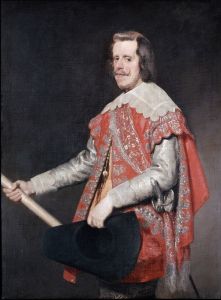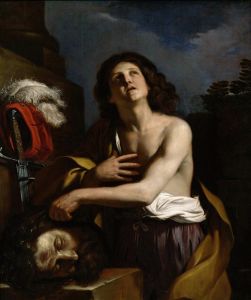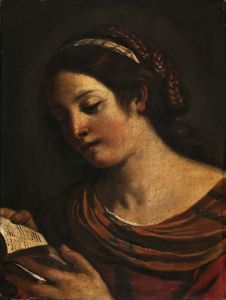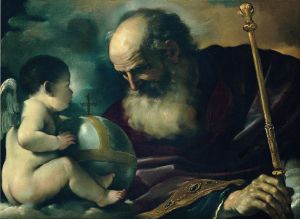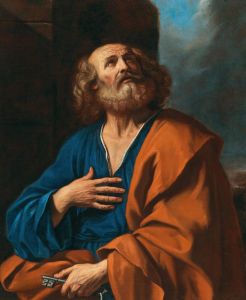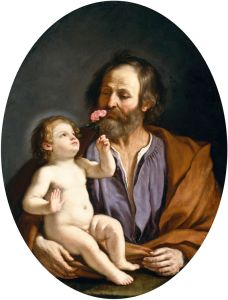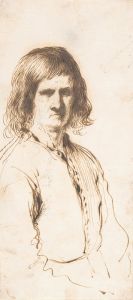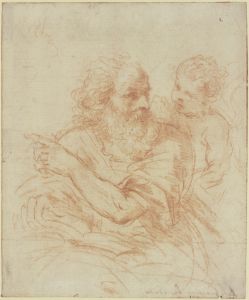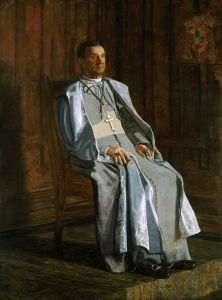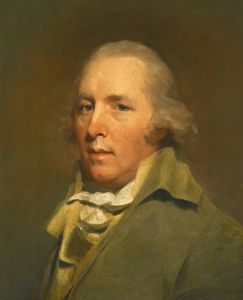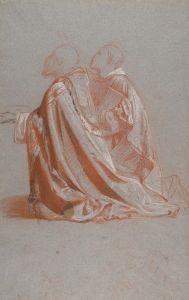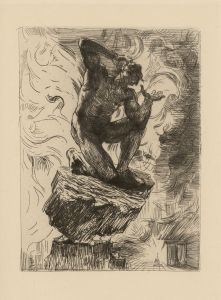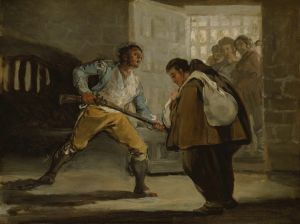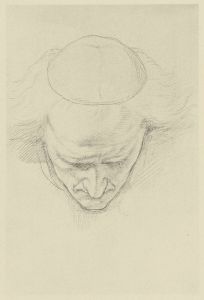
Cardinal Francesco Cennini
A hand-painted replica of Guercino’s masterpiece Cardinal Francesco Cennini, meticulously crafted by professional artists to capture the true essence of the original. Each piece is created with museum-quality canvas and rare mineral pigments, carefully painted by experienced artists with delicate brushstrokes and rich, layered colors to perfectly recreate the texture of the original artwork. Unlike machine-printed reproductions, this hand-painted version brings the painting to life, infused with the artist’s emotions and skill in every stroke. Whether for personal collection or home decoration, it instantly elevates the artistic atmosphere of any space.
Giovanni Francesco Barbieri, known as Guercino, was an Italian Baroque painter renowned for his dynamic compositions and expressive use of light and shadow. One of his notable works is the portrait of Cardinal Francesco Cennini, which exemplifies his skill in capturing the character and status of his subjects.
Cardinal Francesco Cennini de' Salamandri was a prominent figure in the Catholic Church during the 17th century. Born in 1566 in Sarteano, Italy, he rose through the ecclesiastical ranks to become a cardinal in 1621, appointed by Pope Gregory XV. Cennini was known for his diplomatic skills and served in various important roles within the church, including as a papal nuncio.
Guercino painted the portrait of Cardinal Francesco Cennini around 1625, during a period when he was highly sought after by patrons across Italy. The painting is a testament to Guercino's ability to convey the dignity and authority of his sitters. In this portrait, Cardinal Cennini is depicted in his ecclesiastical robes, which are richly detailed, highlighting the luxurious fabrics and intricate designs that signify his high rank within the church.
The composition of the portrait is both formal and intimate. Guercino employs a dark background to focus attention on the cardinal, using chiaroscuro to create a sense of depth and volume. The cardinal's face is illuminated, drawing the viewer's eye to his serene yet commanding expression. This use of light not only enhances the realism of the portrait but also imbues it with a spiritual quality, reflecting the cardinal's religious devotion.
Guercino's technique in this portrait is characterized by his fluid brushwork and keen attention to detail. The textures of the fabrics, the softness of the skin, and the subtle play of light across the cardinal's features are rendered with precision and sensitivity. This attention to detail is balanced by a broader, more dynamic handling of paint in the background and drapery, which adds a sense of movement and life to the composition.
The portrait of Cardinal Francesco Cennini is an excellent example of Guercino's mature style, where he combines the naturalism of the Bolognese School with the dramatic intensity of the Baroque. It reflects the artist's ability to capture not just the physical likeness of his subjects but also their inner character and status.
Today, Guercino's portrait of Cardinal Francesco Cennini is appreciated not only for its artistic merit but also as a historical document that offers insight into the personalities and power structures of the Catholic Church in the 17th century. The painting remains a valuable piece for both art historians and those interested in the history of the Catholic Church, showcasing the intersection of art, religion, and politics during this period.





